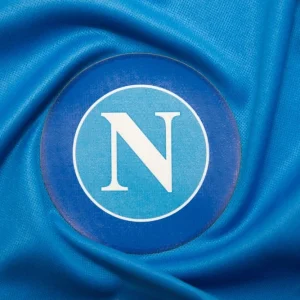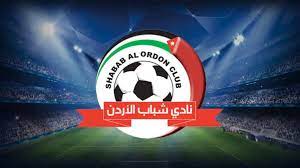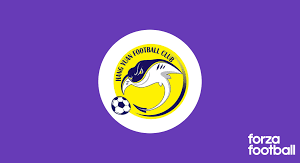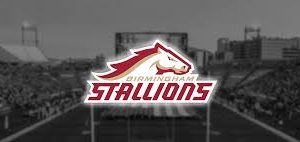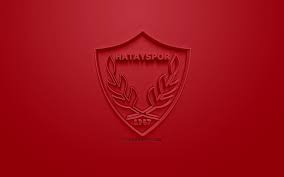No discussion about Boca Juniors FC is complete without mentioning its fierce rivalry with River Plate—arguably the biggest rivalry in football history. Known as the Superclásico, this rivalry transcends sport and embodies the cultural, social, and political landscape of Argentina.
Origins and Significance Boca Juniors FC
The rivalry dates back over a century, rooted in social class divisions, regional pride, and football dominance in Buenos Aires. The matches often carry heightened political and social symbolism, making each encounter more than just a game XX88.
Memorable Clashes and Controversies
Superclásico matches are characterized by passionate fans, intense atmospheres, and sometimes controversy. The 2018 match, which was abandoned due to violence and stadium restrictions, exemplifies the rivalry’s intensity.
Impact on Argentine Football
This rivalry drives attendance records, television ratings, and media coverage, elevating Argentine football worldwide. It fosters a sense of identity and pride among supporters and continues to influence club policies, marketing, and community engagement.
Cultural Influence and Legacy
Beyond football, the Superclásico symbolizes a broader cultural narrative—class struggle, urban identity, Boca Juniors FC and social unity. Boca and River fans see each match as more than sport; it’s a culmination of decades of history and rivalry.
